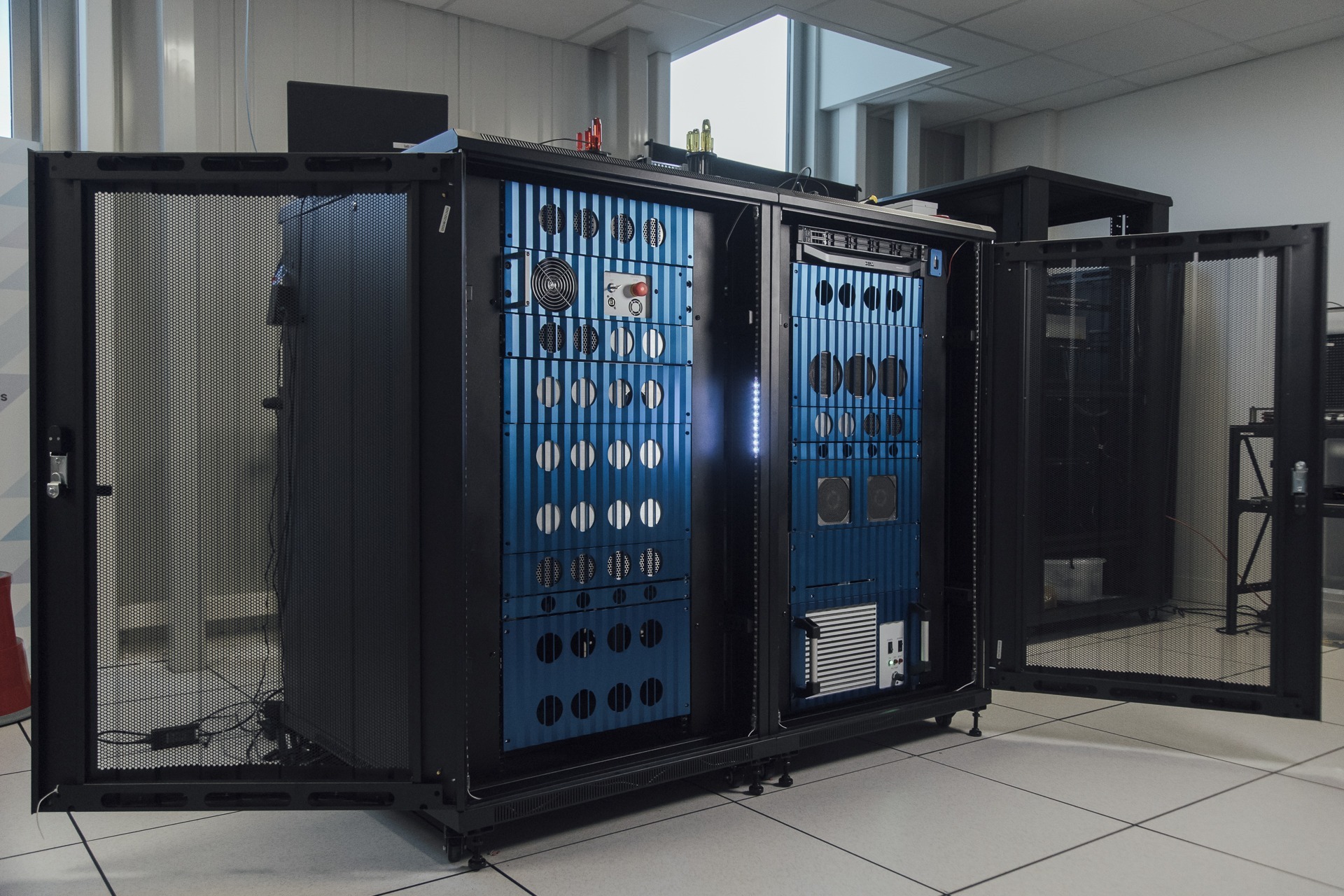A quantum gate is a single operation performed in a [Quantum circuit], which modifies the logical state of the qubits involved in the computation according to some predetermined rules.
Depending on the number of qubits that are involved in this operation one can differentiate between Single qubit gates, [Two qubit gates] and Multi-qubit gates.
The rules that determine the action of a gate can be written down by looking at how it transforms the basis state of a qubit (|0⟩,|1⟩0,|1⟩). This is analogous to what happens with classical gates, where one looks at their action on the possible states of a bit (0,1)
For example, considering a classical (0,1) bit, only 22=422=4 discrete operations are possible:
- Identity (0→0,1→1)
- SET 0 (0→0,1→0)
- SET 1 (0→1,1→1)
- NOT (0→1,1→0)
If we now turn to implement these operations on a qubit, we find that the rules of quantum mechanics constrain the action of a gate to be reversible so that only the first and last classical gates find a quantum analog.
On the other hand, quantum gates act on quantum states and can thus be used to create superpositions (e.g.12–√ (∣∣∣0⟩+∣∣∣1⟩)12 (|0⟩+|1⟩)) or modify the phase of a state (e.g.|1⟩→−|1⟩|1→−|1⟩), operations that would not be possible on a classical bit.
Representing the state of a single qubit as a vector on the Bloch sphere, one can find a correspondence between the action of a single qubit gate and a rigid rotation of such sphere.
Examples of single qubit gates
- X: Equivalent of classical NOT gate
|0⟩→|1⟩, |1⟩→|0⟩|0⟩→|1⟩, |1⟩→|0⟩
- Z: Adds a –1 phase to |1⟩1
|0⟩→|0⟩, |1⟩→−|1⟩0→0, 1→−|1⟩
- H: Brings both 1 and 0 into a superposition state
|0⟩→12–√ (∣∣∣0⟩+∣∣∣1⟩), ∣∣∣1⟩→12–√ (|0⟩−∣∣∣1⟩)0→12 (|0⟩+|1⟩), |1⟩→12 (0−|1⟩)
- T: Add an imaginary phase to |1⟩1. Relevant for the creation of “magic states”
|0⟩→|0⟩, |1⟩→eiπ4∣∣1⟩0→0, 1→ei𝜋4|1⟩
FAQ on single qubit gates
- How are single qubit gates implemented on a photonic platform?
In a photonic platform the state of a qubit is represented by the position of a photon over two waveguides in a [Photonic circuit]. Placing a phase shifter on either of the waveguides will vary the phase of the|0⟩ 0
or
|1⟩|1⟩ state. A beam splitter between the two waveguides will instead realize a H gate on the incoming photon. These two simple operations can be leveraged to reach arbitrary single qubit gates, composing a phase shifter and two beam splitters into a Mach Zender Interferometer (see [Photonic gates])
- Are single qubit gates enough to implement universal quantum computation? No, single qubit gates lack interaction between different qubits and therefore cannot generate entanglement, a fundamental resource for quantum computation. To implement universal quantum computation, one is required to have access to all single-qubit gates and at least one entangling [Two qubit gate].

